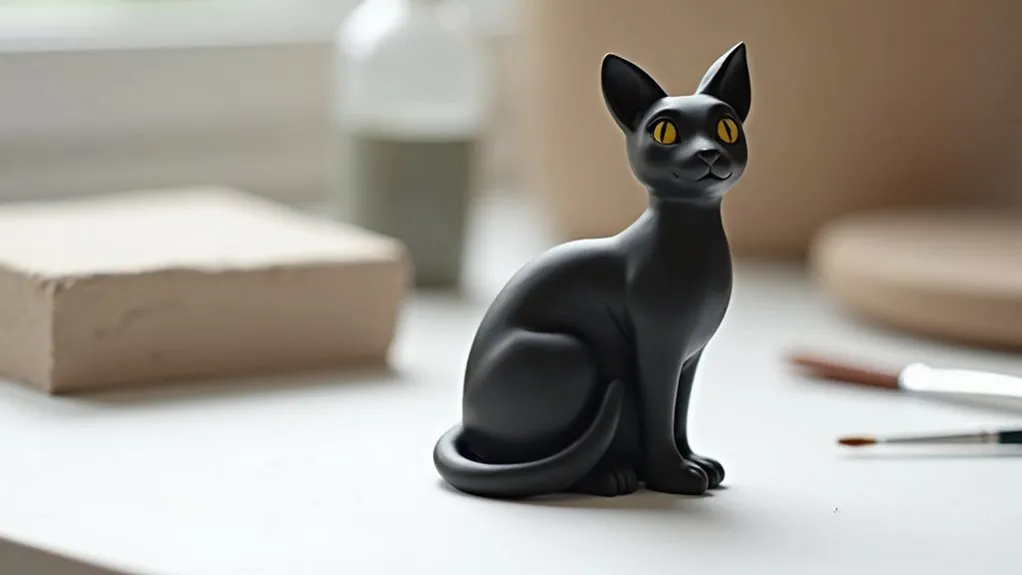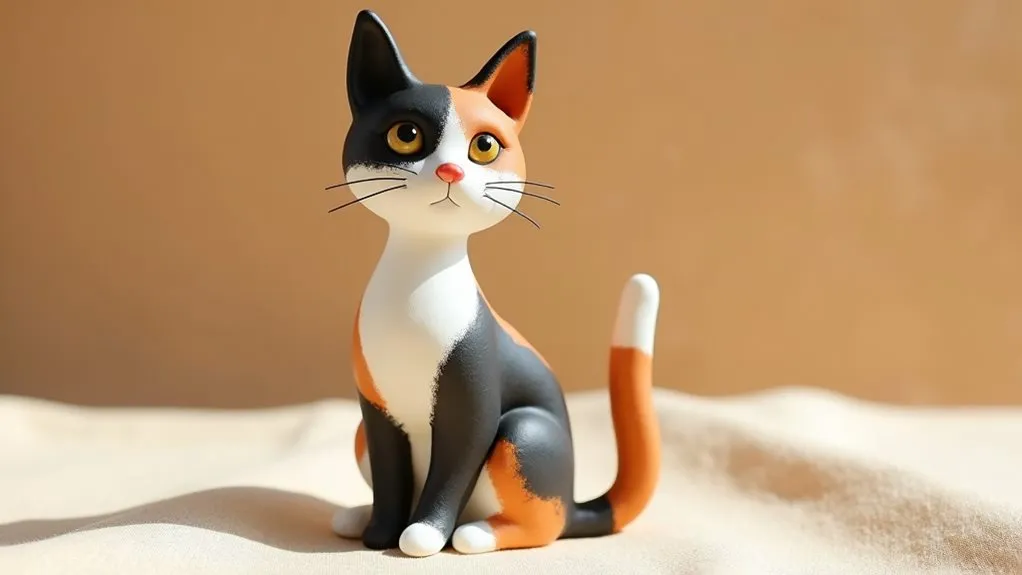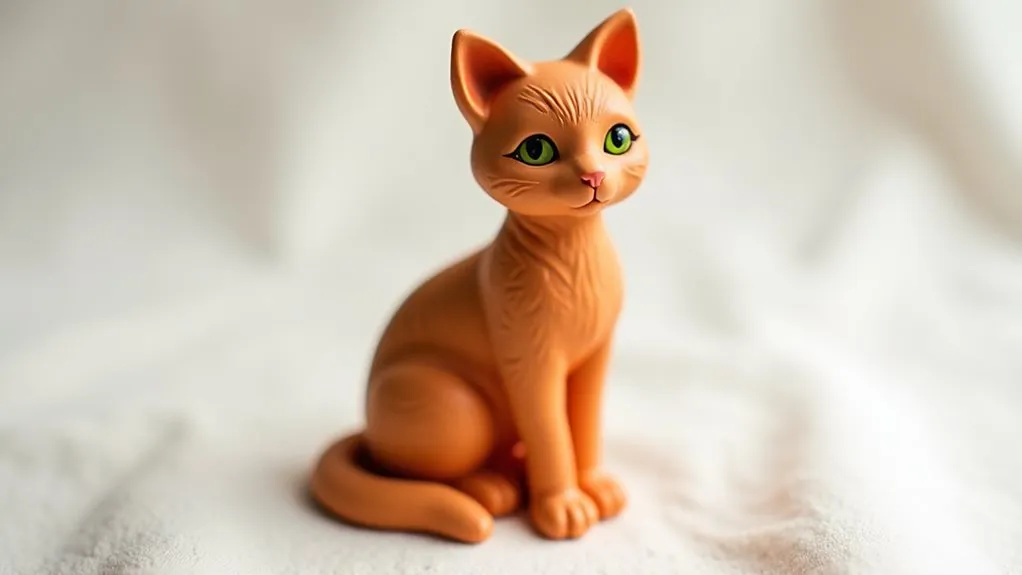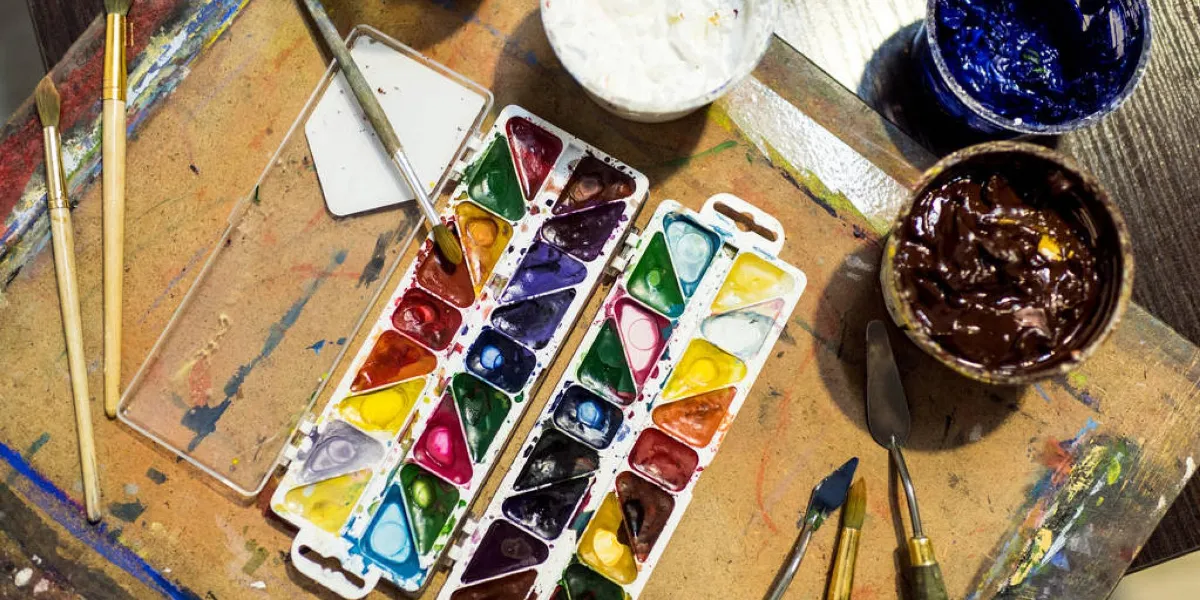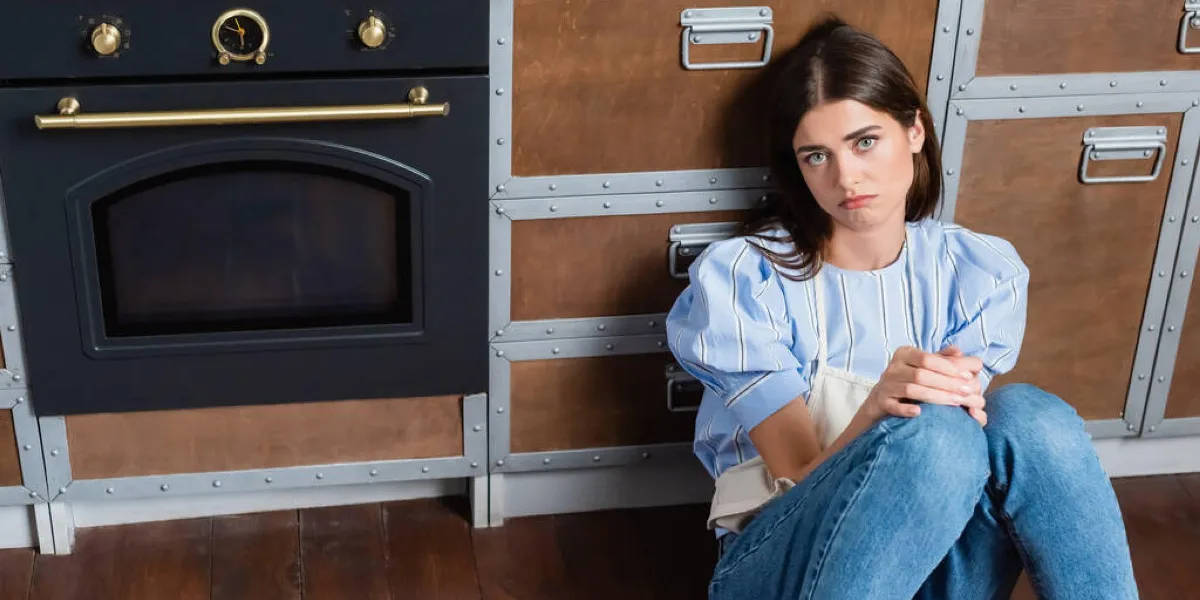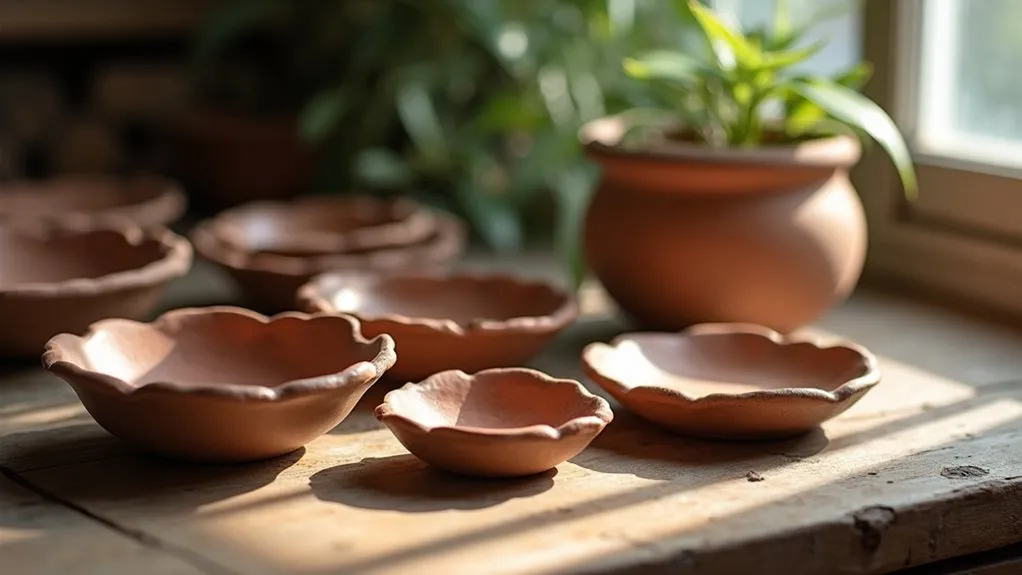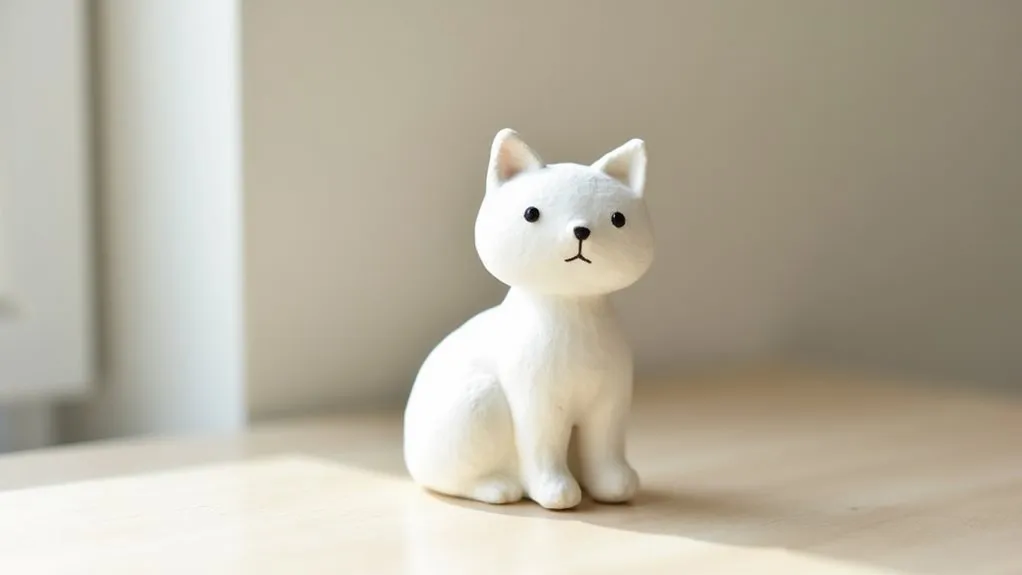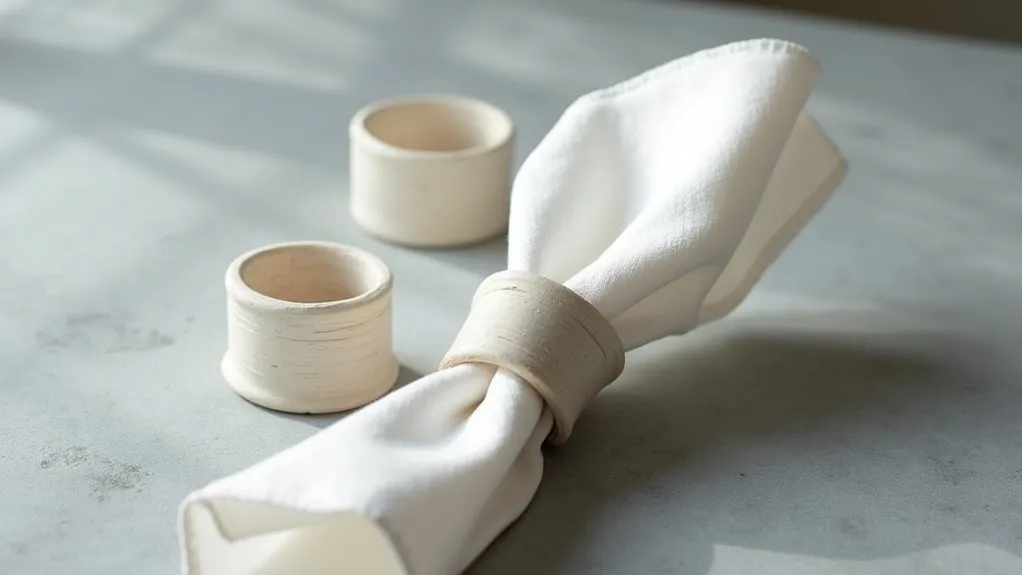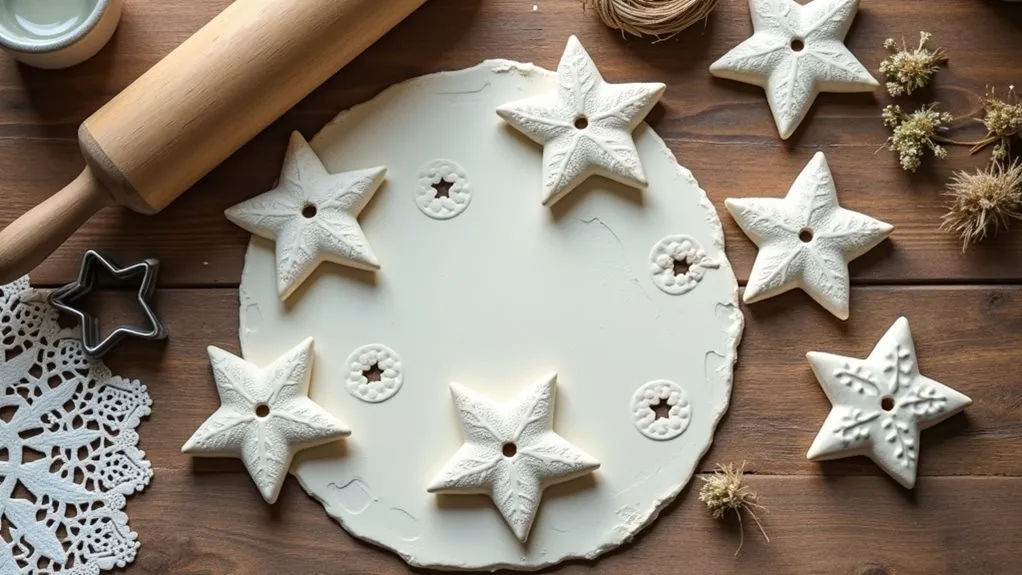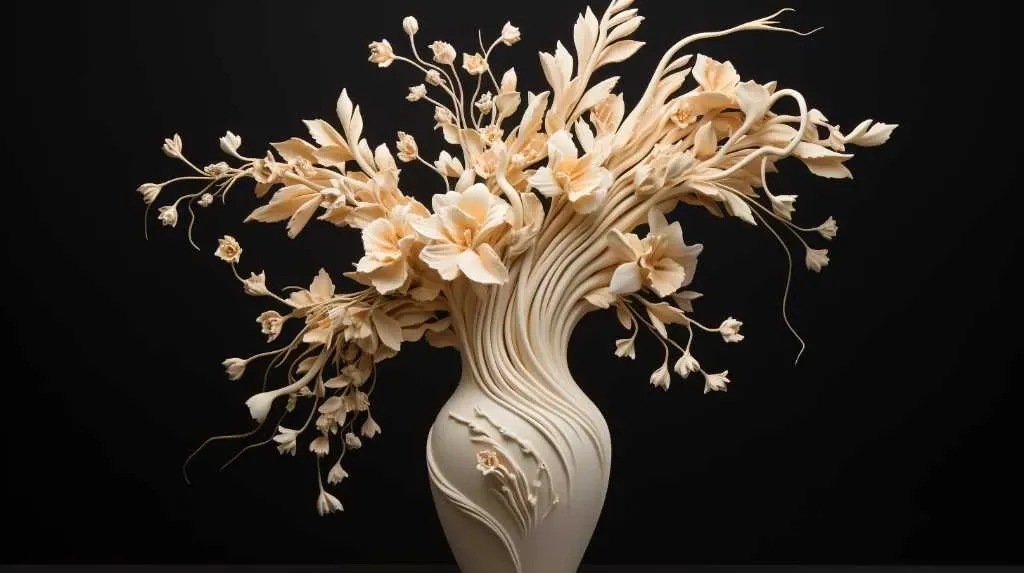Have you ever wondered why black cats possess such an enigmatic allure that’s captivated cultures worldwide? You’ll discover that these mysterious felines carry a rich legacy spanning from ancient Egyptian worship to modern-day artistic inspiration. Their striking appearance, marked by lustrous ebony fur and piercing eyes, has sparked countless tales and traditions throughout history. As you explore their significance, you’ll uncover the fascinating intersection of superstition, symbolism, and artistic expression that makes black cats uniquely compelling.
Key Takeaways
- Black cats have been revered across cultures, particularly in ancient Egypt where they were considered sacred and immortalized through sculptures.
- These felines often symbolize good luck in some cultures, despite superstitious beliefs about bad luck in others.
- Black cats typically get their coloring from a genetic trait that produces high amounts of melanin in their fur.
- Most black cats have yellow or green eyes due to their genetics, making them distinctive and striking in appearance.
- Black cats face lower adoption rates in shelters compared to other colored cats, particularly during Halloween season.
History
The art of crafting black cat sculptures dates back to ancient Egyptian times, when cats were revered as sacred creatures and frequently depicted in various artistic mediums.
You’ll find that these early artisans created their black cat sculptures from materials like bronze, wood, and clay, establishing techniques that craftspeople still use today.
In medieval Europe, you’d see black cat sculptures take on a different significance, often appearing as protective talismans or decorative elements in homes.
During the Art Nouveau period of the late 19th century, you’ll notice that black cat sculptures gained popularity as desktop ornaments and paperweights, particularly in Paris’s bohemian circles.
Today, you can craft your own black cat sculptures using modern materials like air-dry clay, continuing a artistic tradition that’s spanned thousands of years.
Project
Creating a charming black cat sculpture from air dry clay is an ideal project for crafters seeking to explore basic sculpting techniques. This desktop-sized piece serves multiple purposes, from an artistic display to a functional paperweight, making it a versatile addition to any space or a thoughtful handmade gift.
The project’s simplicity allows crafters to focus on fundamental shaping and detailing while maintaining creative freedom in the final design. Standing at 4-5 inches tall, the finished sculpture strikes a perfect balance between being substantial enough to display prominently yet compact enough for any surface placement.
- Air dry clay (8 oz / 225g block)
- Acrylic paint – black and yellow
- Small paintbrush (size 0-3)
- Craft knife or plastic modeling tool
- Clear acrylic sealer (2 oz / 60ml)
Begin by forming an egg-shaped body approximately 3 inches (7.6 cm) long from the air dry clay, then create a smaller sphere for the head. Attach triangular ears and a curved tail, carefully blending all connection points with your fingers to ensure seamless joints.
Allow the sculpture to dry completely for 24-48 hours before applying black paint to the body, adding yellow eyes, and finishing with two thin coats of clear sealer, letting each layer dry thoroughly.
When working with air dry clay, maintain a minimum thickness of 1/4 inch (6mm) throughout the sculpture to prevent cracking during the drying process. Keep unused clay tightly wrapped in plastic to prevent premature drying, and smooth any unwanted textures or fingerprints using a slightly damp finger before the clay begins to set.
Work on a non-stick surface such as wax paper, and avoid moving the sculpture until it’s fully dry to maintain its intended form.
Project Steps
You’ll start your black cat sculpture project by gathering all supplies, including air dry clay, paints, brushes, and tools to ensure a smooth workflow.
Next, you’ll shape the basic clay forms and carefully add defining features like ears, tail, and facial details, being mindful to maintain adequate thickness throughout the piece.
Once you’ve completed the sculpting, you’ll let your creation dry for 24-48 hours before painting it black, adding yellow eyes, and applying two protective coats of clear sealer.
Step 1. Collect Required Supplies First
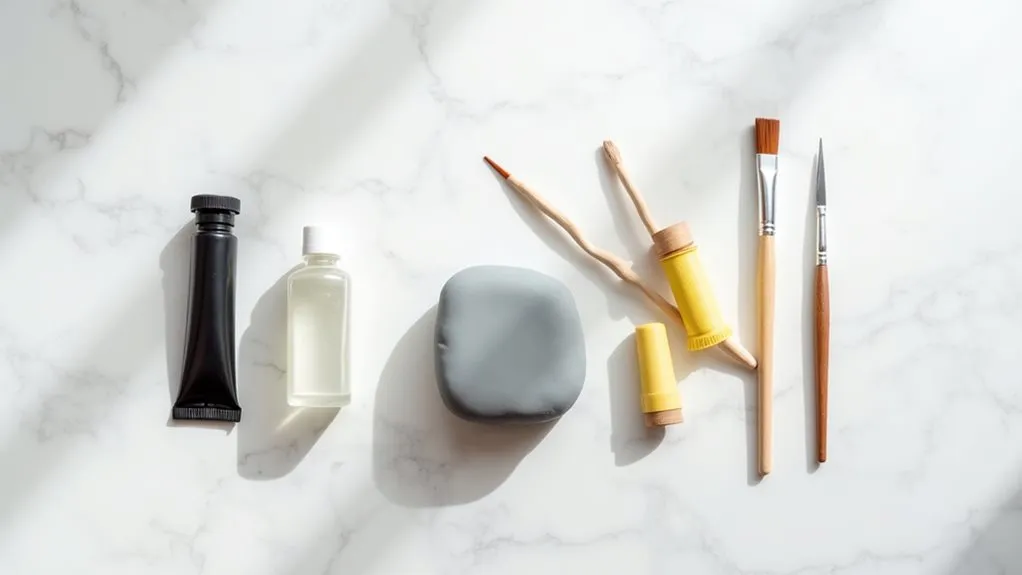
Before diving into this delightful black cat sculpture project, you’ll need to gather several essential supplies that ensure smooth progress from start to finish.
Start with an 8-ounce block of air dry clay, which provides enough material for your cat with some extra for practice or adjustments. You’ll also need black and yellow acrylic paint for the body and eyes, plus a small paintbrush (size 0-3) for precise details.
Don’t forget to pick up a craft knife or plastic modeling tool for shaping and texturing, and a 2-ounce bottle of clear acrylic sealer to protect your finished piece.
While gathering supplies, it’s smart to grab some wax paper for your work surface and plastic wrap to keep unused clay fresh during the project.
Step 2. Form Basic Clay Shapes
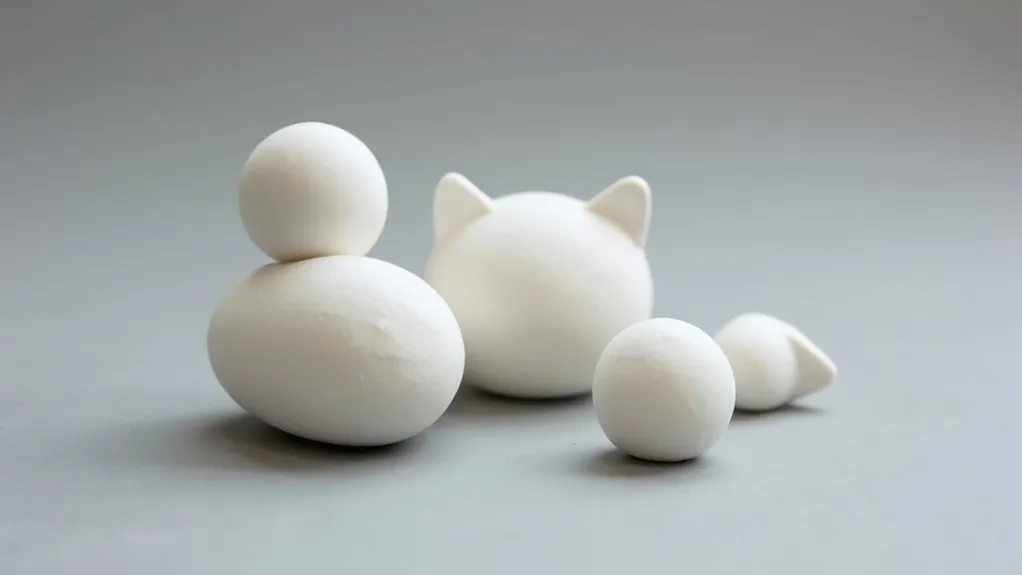
Start your sculpture by breaking down the 8-ounce clay block into two main portions: roughly 6 ounces for the body and 2 ounces for the head, ears, and tail.
Roll the larger portion between your palms to create an egg shape approximately 3 inches long, then flatten the bottom slightly so it sits steadily on your work surface.
Shape the smaller portion into a sphere about 1.5 inches in diameter for the head. Press it gently onto the wider end of the egg-shaped body, angling it slightly upward.
Once you’ve positioned the head, divide the remaining clay into three small pieces: two triangular ears and a curved tail. Attach these elements by pressing them firmly into place, then smooth the joints with your fingertip to create seamless connections.
Step 3. Add Cat Features Carefully
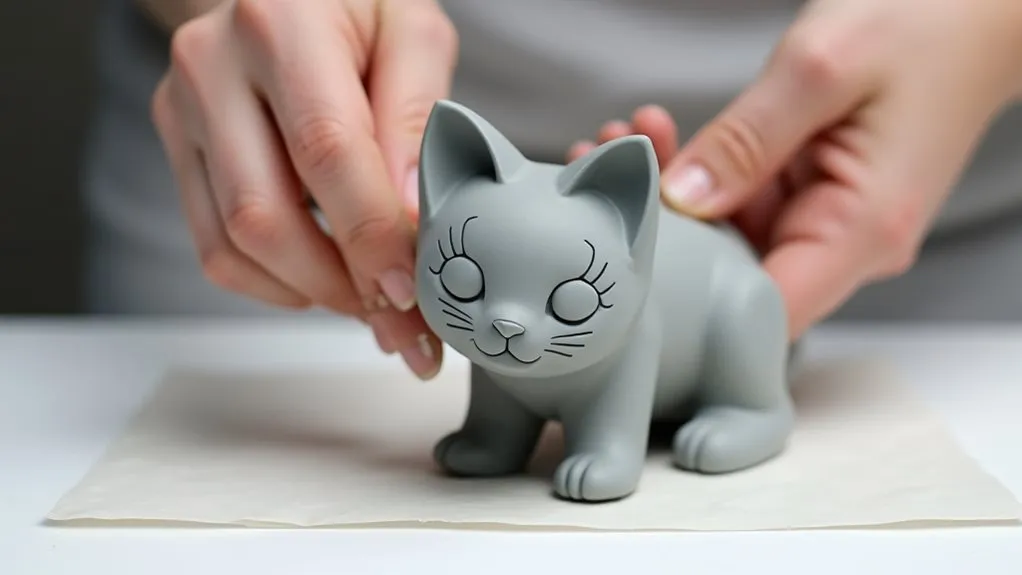
After securing the basic clay shapes, crafting your cat’s distinctive features requires careful attention to detail and gentle pressure.
Begin by smoothing your fingers over the head to create a slightly pointed muzzle, then press two small indentations where the eyes will be painted later. Shape the nose by making a tiny triangular ridge at the tip of the muzzle, and add delicate whisker marks using your craft knife.
For the ears, position two triangular pieces at the top of the head, angling them slightly outward for a natural look.
Create the tail by rolling a tapered cylinder and attaching it to the body with a gentle curve. Don’t forget to blend all connection points thoroughly, ensuring there aren’t any visible seams that could lead to cracking while drying.
Step 4. Let Dry Completely
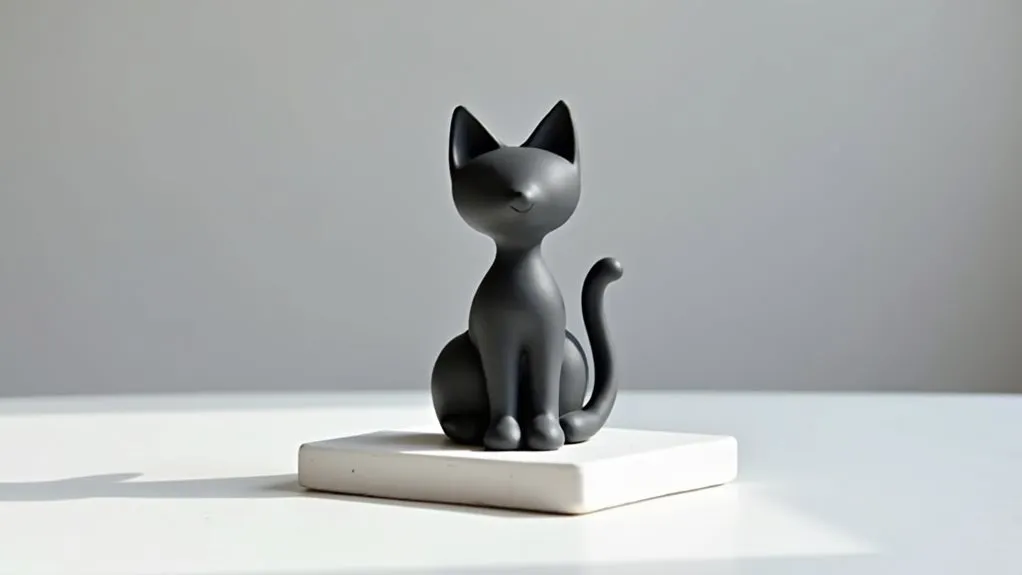
Proper drying marks a crucial phase in your black cat sculpture’s development, requiring patience and the right environmental conditions.
Place your sculpture in a well-ventilated area away from direct sunlight and heat sources, maintaining room temperature between 65-75°F (18-24°C).
Don’t rush this step – your cat will need 24-48 hours to dry completely, depending on your climate’s humidity levels.
You’ll know it’s ready when the clay feels firm and cool to the touch, with no soft spots remaining.
While waiting, avoid touching or moving your sculpture to prevent unwanted marks or distortions.
If you notice any cracks forming during the drying process, don’t attempt repairs – wait until the piece is fully dry before addressing imperfections with fresh clay or other fixes.
Step 5. Paint and Seal Sculpture
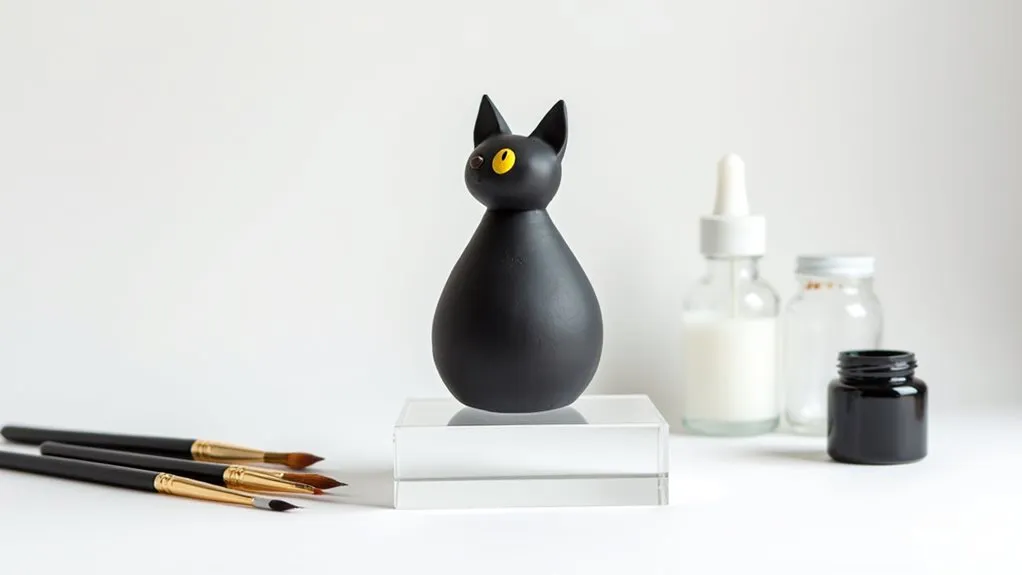
The painting and sealing phase transforms your dried clay sculpture into a sleek, professional-looking black cat. Using your small paintbrush, apply two thin coats of black acrylic paint to the entire sculpture, letting each layer dry completely before adding the next.
Paint the eyes with bright yellow acrylic, creating an almond shape with a vertical black pupil in the center of each eye.
Once the paint has thoroughly dried, it’s time to protect your artwork. Apply the first coat of clear acrylic sealer using smooth, even strokes, making sure to cover all surfaces.
Wait until this layer is completely dry, usually about 2-3 hours, before applying the second coat. The sealer will give your cat sculpture a subtle sheen while protecting it from dust and minor scratches.
Final Thoughts
Creating your own black cat sculpture provides a delightful introduction to working with air dry clay, while offering endless opportunities for personalization through subtle variations in pose, expression, and finishing touches.
You’ll find that each cat you create develops its own unique personality as you practice and refine your sculpting techniques.
Don’t be discouraged if your first attempt isn’t perfect – remember that handcrafted pieces often carry charming imperfections that make them special.
As you become more confident, you can experiment with different poses, add decorative elements like collars or patterns, or create multiple cats in varying sizes.
The skills you’ve learned here will serve as a foundation for more complex clay projects, and you’ll have a distinctive piece of art that reflects your creativity and dedication to the craft.

